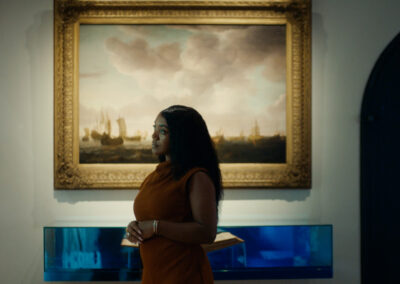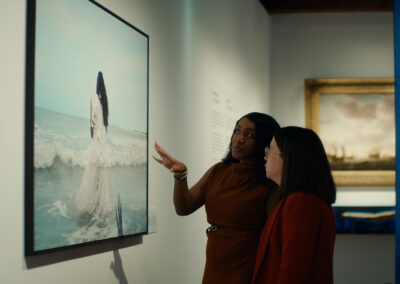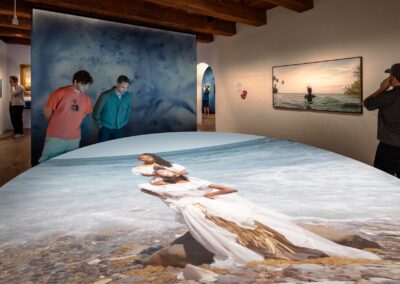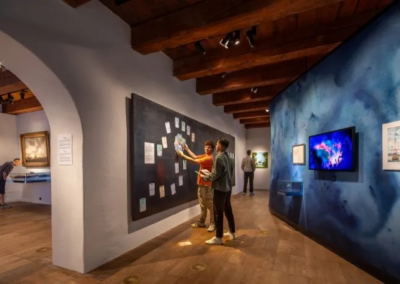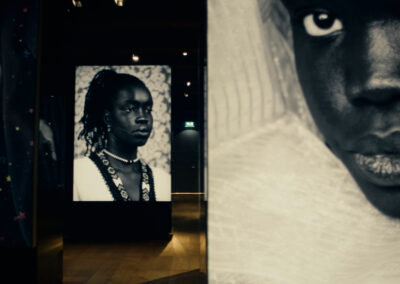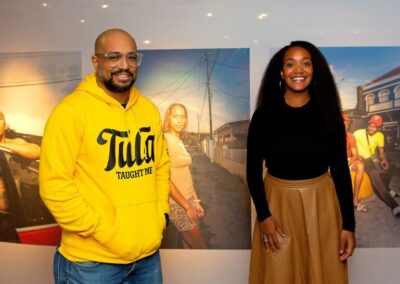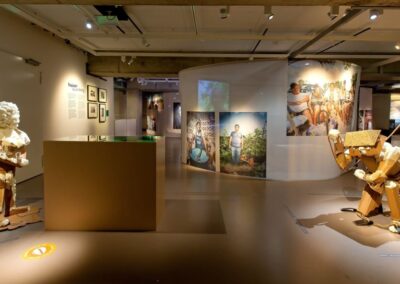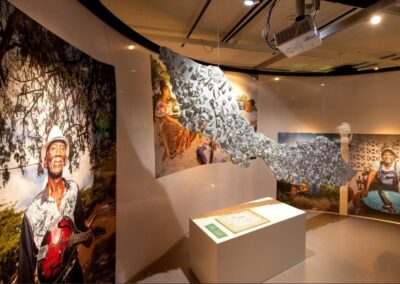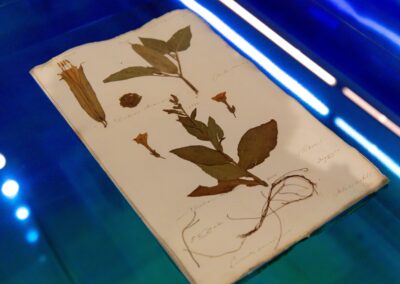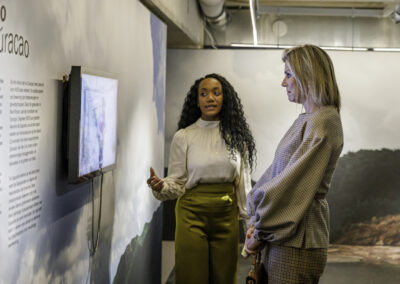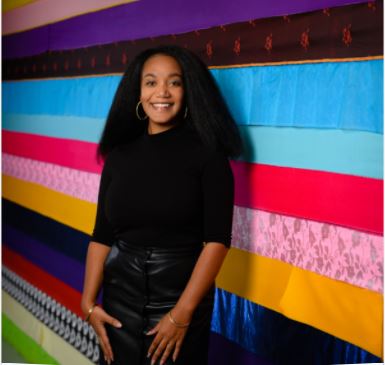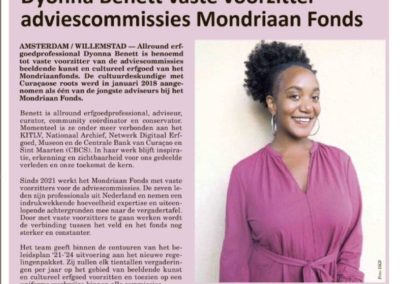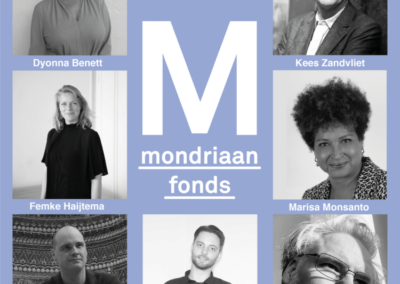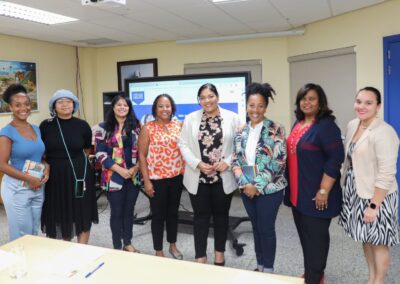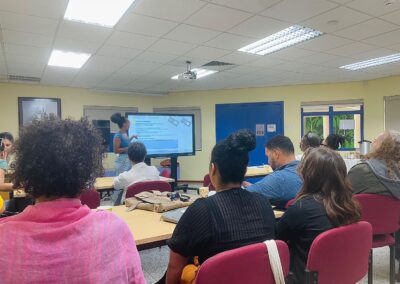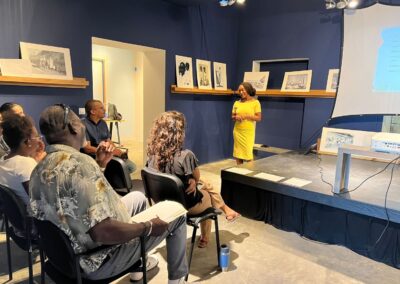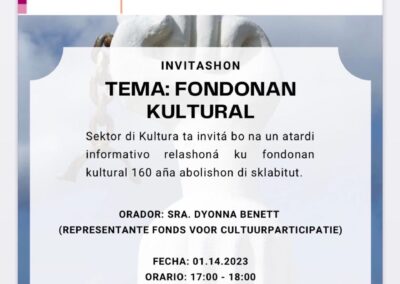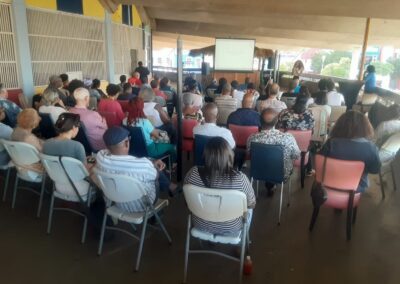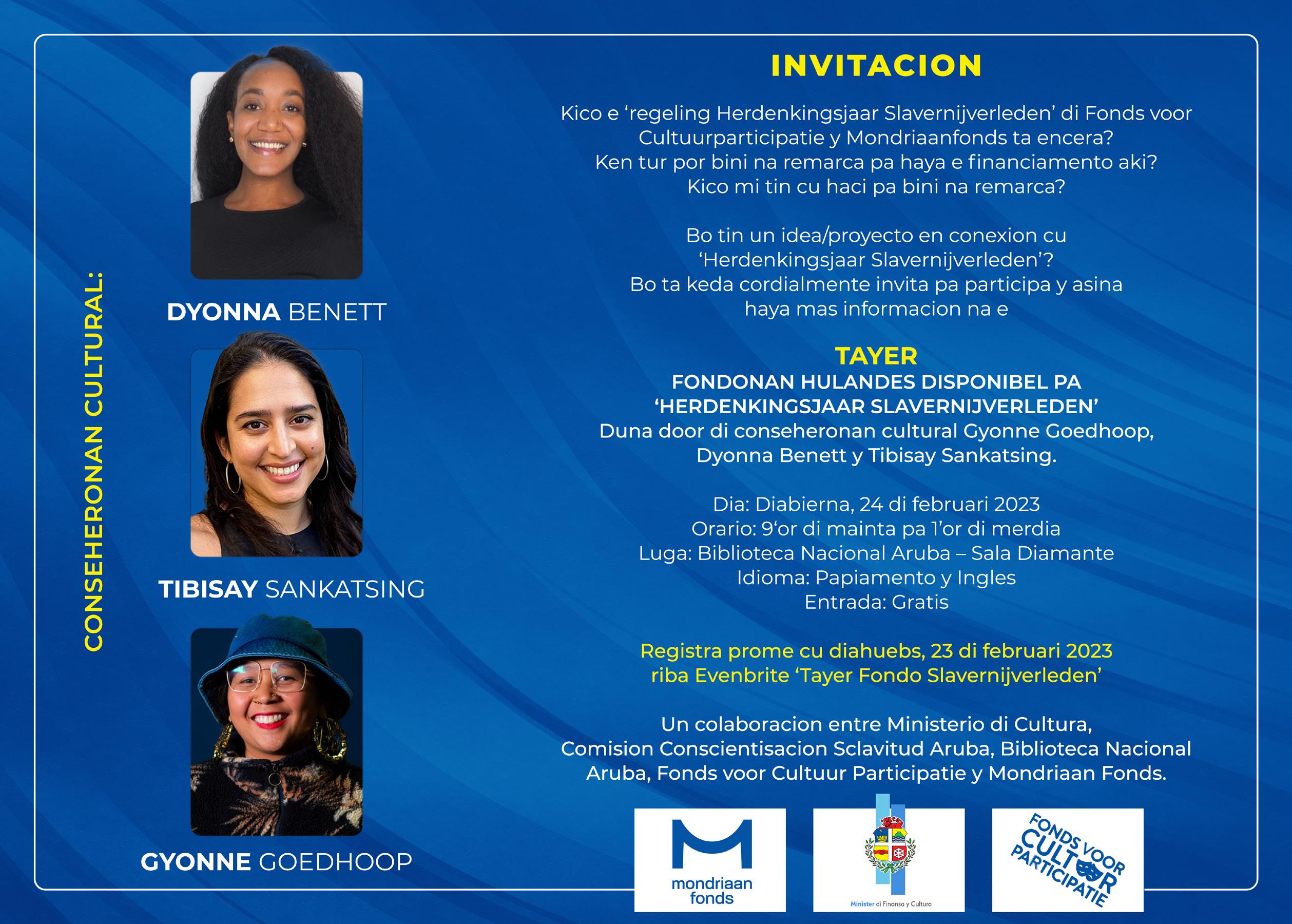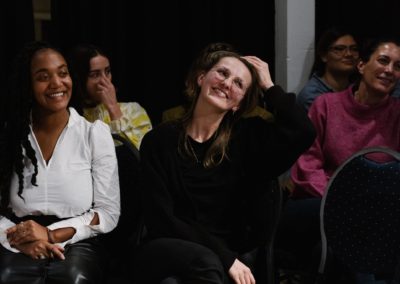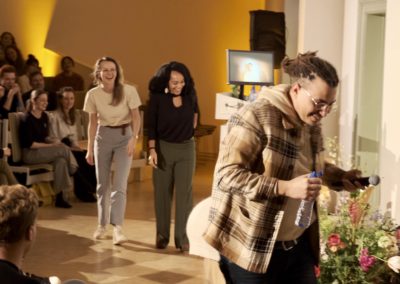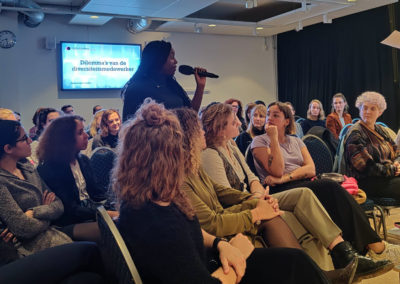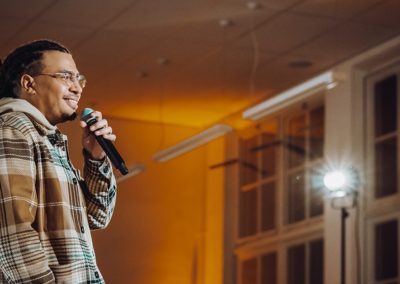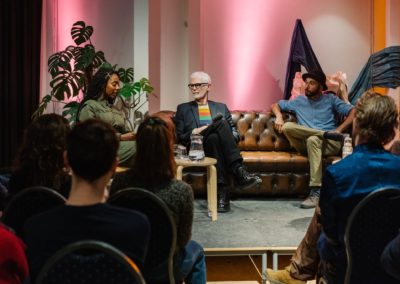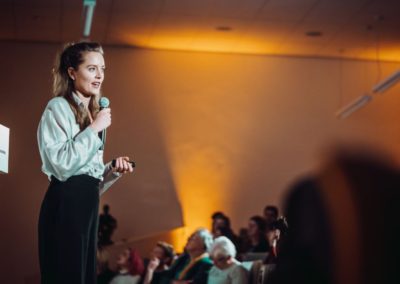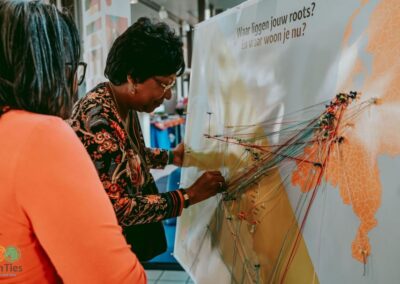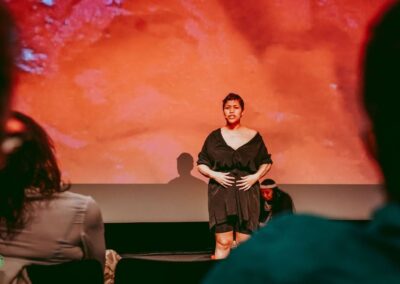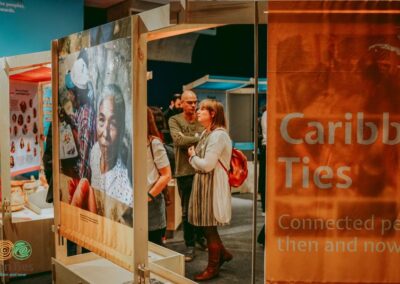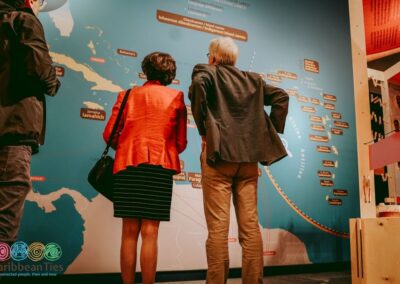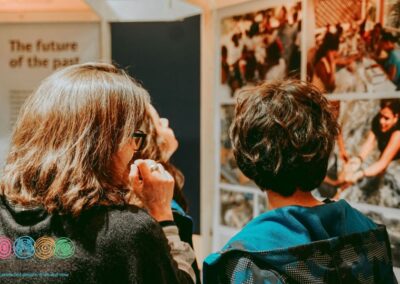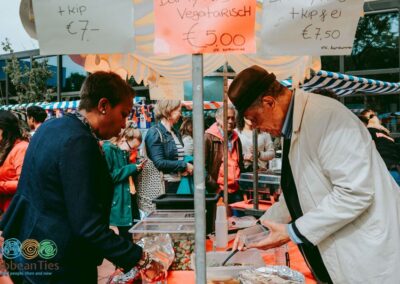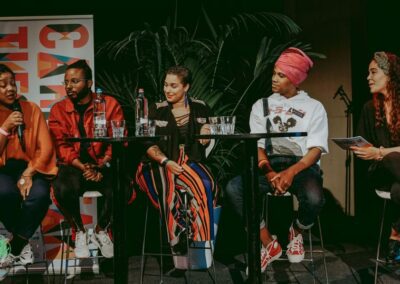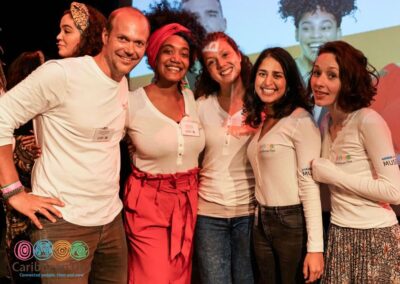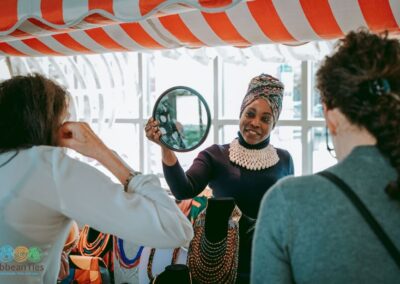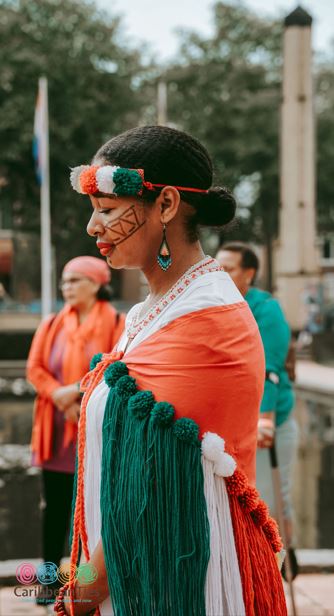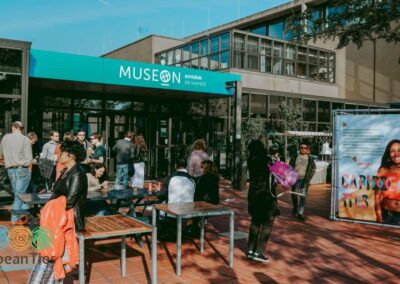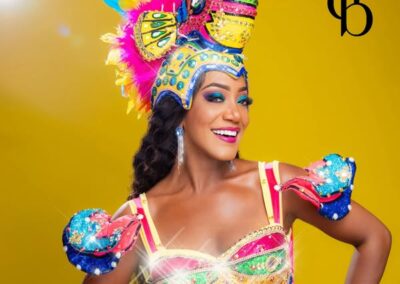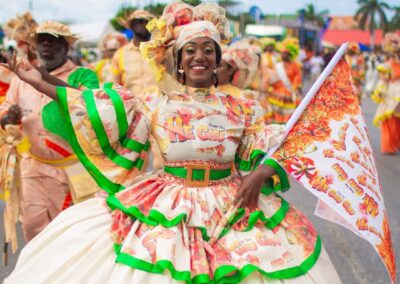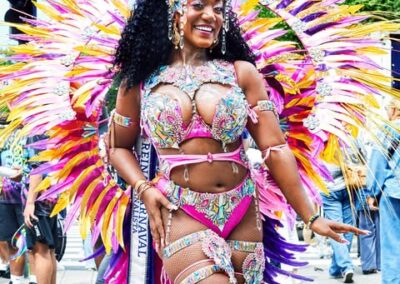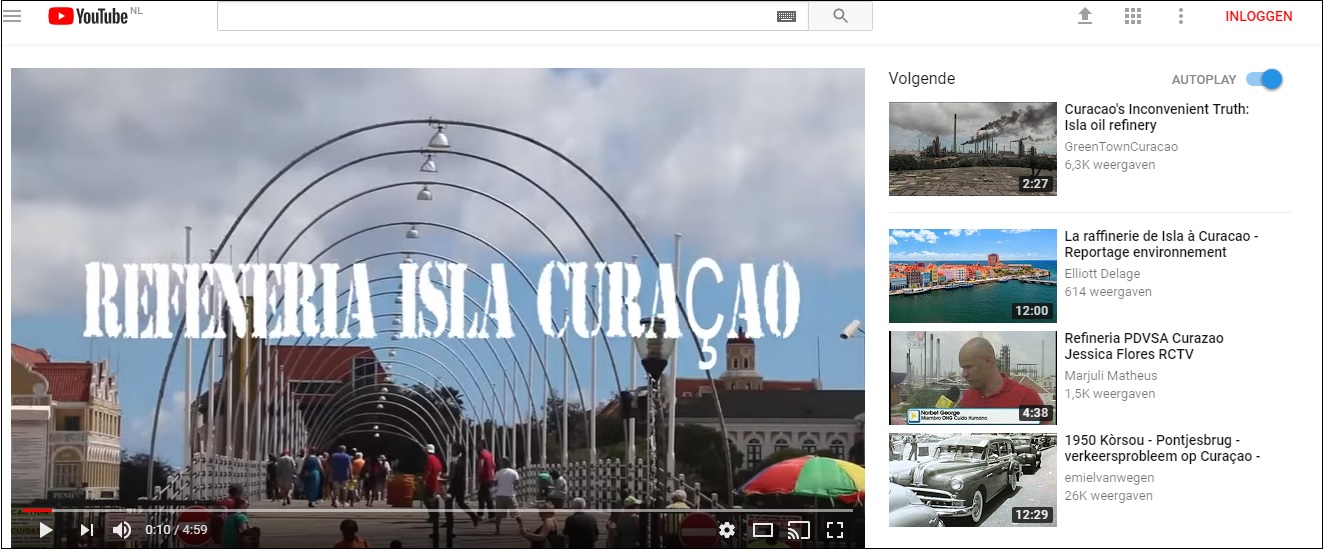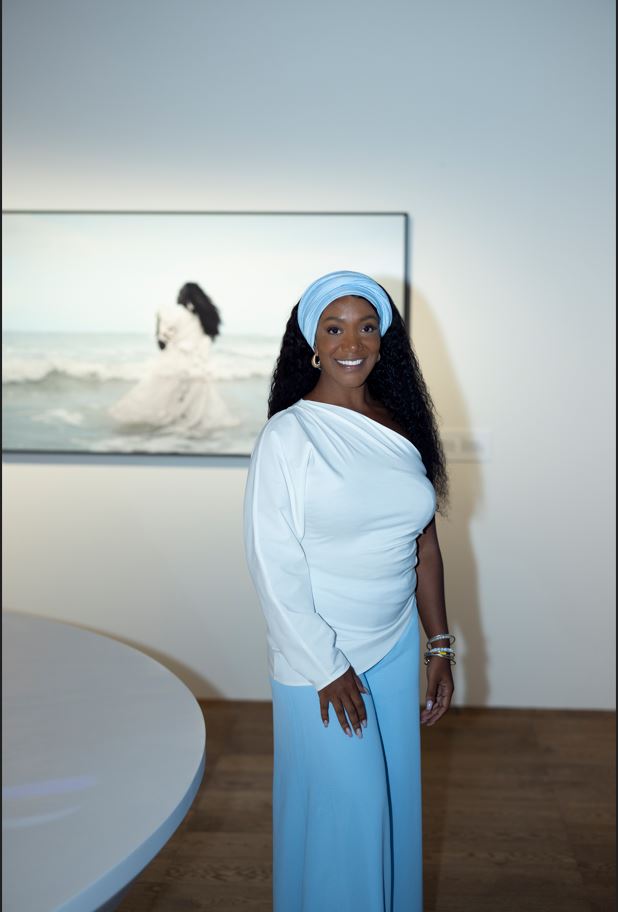
Curating stories, Shaping perspectives
Art and heritage are more than objects, they are narratives, movements, and moments of connection. As a curator, researcher, and project leader, I craft experiences that challenge, engage, and resonate. My work spans exhibitions, cultural projects, and collaborations that bridge history with contemporary discourse.
I seek the intersections, where past meets present, where overlooked stories demand attention, where art and heritage spark new ways of seeing. Through a multidisciplinary approach, I shape spaces that invite dialogue, provoke thought, and heighten the senses. My projects are not just to be seen, but to be felt, heard, and experienced.
Curious to see how this translates into practice? Explore my projects below and step into the stories that shape our world.
Picture: Kirsten van Santen. National Maritime Museum, 2024
Contact me now? Email me right away: info@dyonnabenett.nl
Projects Portfolio
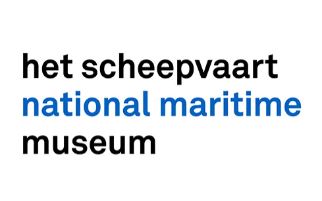

Shadows on the Atlantic - Guest curator
Shadows on the Atlantic – Telling the Untold Stories
I was invited to shape the narrative of Shadows on the Atlantic at the National Maritime Museum because of my expertise in Caribbean heritage, colonial and postcolonial histories, and experience-driven exhibitions. I ensure that exhibitions go beyond objects. I bring in the voices, stories, and artists that transform museum spaces into immersive experiences that challenge dominant narratives. This exhibition allowed the museum to tell the other side of the story: without ships, there would have been no colonialism.
In the 17th century, the Atlantic was the world’s highway, but alongside traders and colonists traveled another history one of exploitation, forced displacement, and environmental destruction. Shadows on the Atlantic brings these realities to the forefront, combining historical objects, personal narratives, and contemporary art to expose the ongoing impact of colonial history.
A two-meter-long model of the ship D’Keulse Galy illustrates how enslaved people were transported across the ocean. But objects alone don’t tell the full story. Together with research curator Suze Zijlstra, who specializes in colonial maritime history, we placed these artifacts in context connecting them to expert insights, video testimonies, and contemporary artistic perspectives.
With artists like Lisandro Suriel, Atong Atem, Manuwi C Tokai, Robin Hoed, and Wouter Pocornie, we ensured that Shadows on the Atlantic not only reflects on the past but confronts how colonial histories shape our present. Their works amplify voices long silenced and offer new perspectives on a history that must be told.
Through this exhibition, the National Maritime Museum anchors this narrative for years to come. Step inside and experience how maritime history and colonial violence are inseparable.
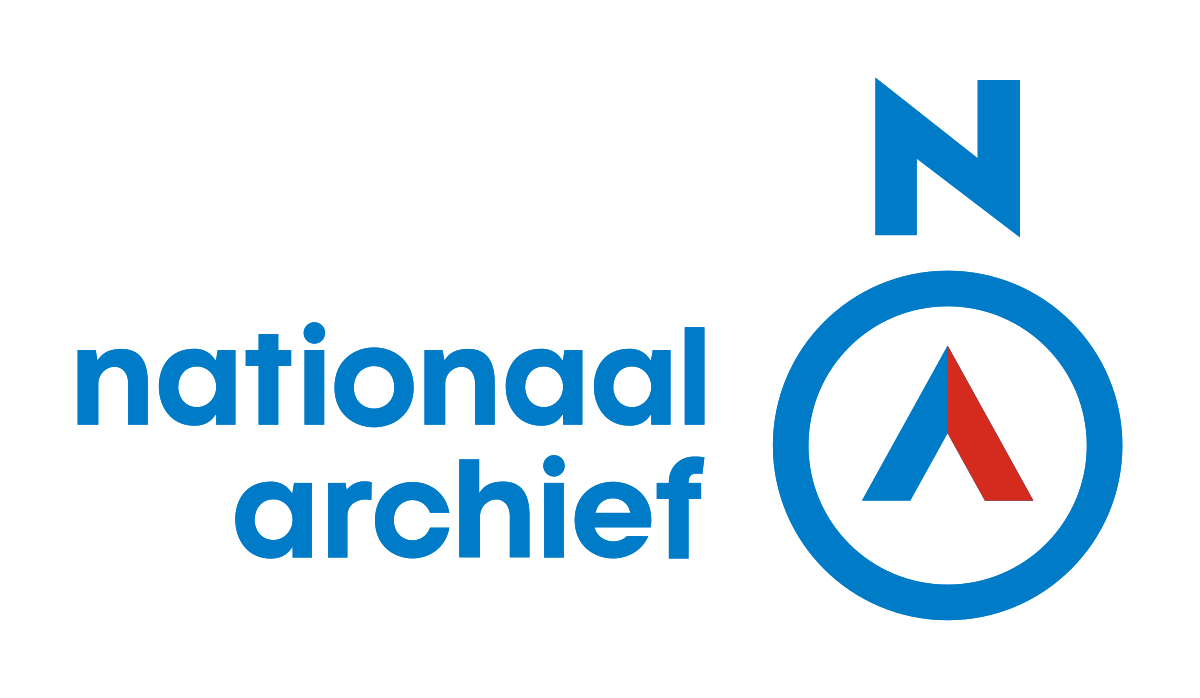

Kòrsou - Curaçao | Guest Curator
Voices of the Past, People of Today
For the Kòrsou – Curaçao exhibition, I was hired as a guest curator. We successfully captured the essence of Curaçao, intertwining its stories, culture, and identity. This essence, deeply rooted in the experiences of its people, formed the exhibition’s foundation, offering a multifaceted view of the island from the colonial era to the present.
The exhibition combined archival materials, photographs, and maps, presenting different perspectives on the island. Exhibition designers Harm Rensink and Judith Muijs beautifully brought it to life, ensuring every element resonated meaningfully with visitors. The exhibition highlights archival documents from the colonial era, alongside songs from the Zikinzá collection, offering insights into the daily lives of Curaçaoans from the past.
Artists
Photographer and culturalist Selwyn de Wind’s work is featured, alongside contributions from ten artists reflecting on themes like Qúracao, slavery, resilience, society, and governance.
Guest Curator
As guest curator, I helped shape the exhibition, drawing on my expertise in heritage and public engagement, with input from experts in both Curaçao and the Netherlands.
A highlight was when Queen Máxima visited, and I had the privilege of guiding her through the exhibition.
The exhibition was on display from December 15, 2021, to November 21, 2022.

Mondriaan Fonds - Chairman and former advisor
The Mondriaan Fund enables professionals in the cultural sector to achieve their goals and further their development, contributing to the vibrant world of art and culture. In January 2018, I was appointed as one of the youngest advisors at the fund. After a one-month guidance period, a reappointment, and eventually being selected as a permanent chair for the advisory committees on visual arts and cultural heritage, I had the privilege of playing a key role in strengthening the connection between the field and the fund.
Serving first as an advisor for three years and later as chair for another three. This role sharpened my perspective, expertise, and knowledge within the visual arts and cultural heritage field. Through my work at the fund, I contributed to shaping policies and supporting initiatives that foster inclusivity, artistic innovation, and the preservation of heritage.
I was affiliated with the Mondriaan Fund from February 2018 to April 2024.
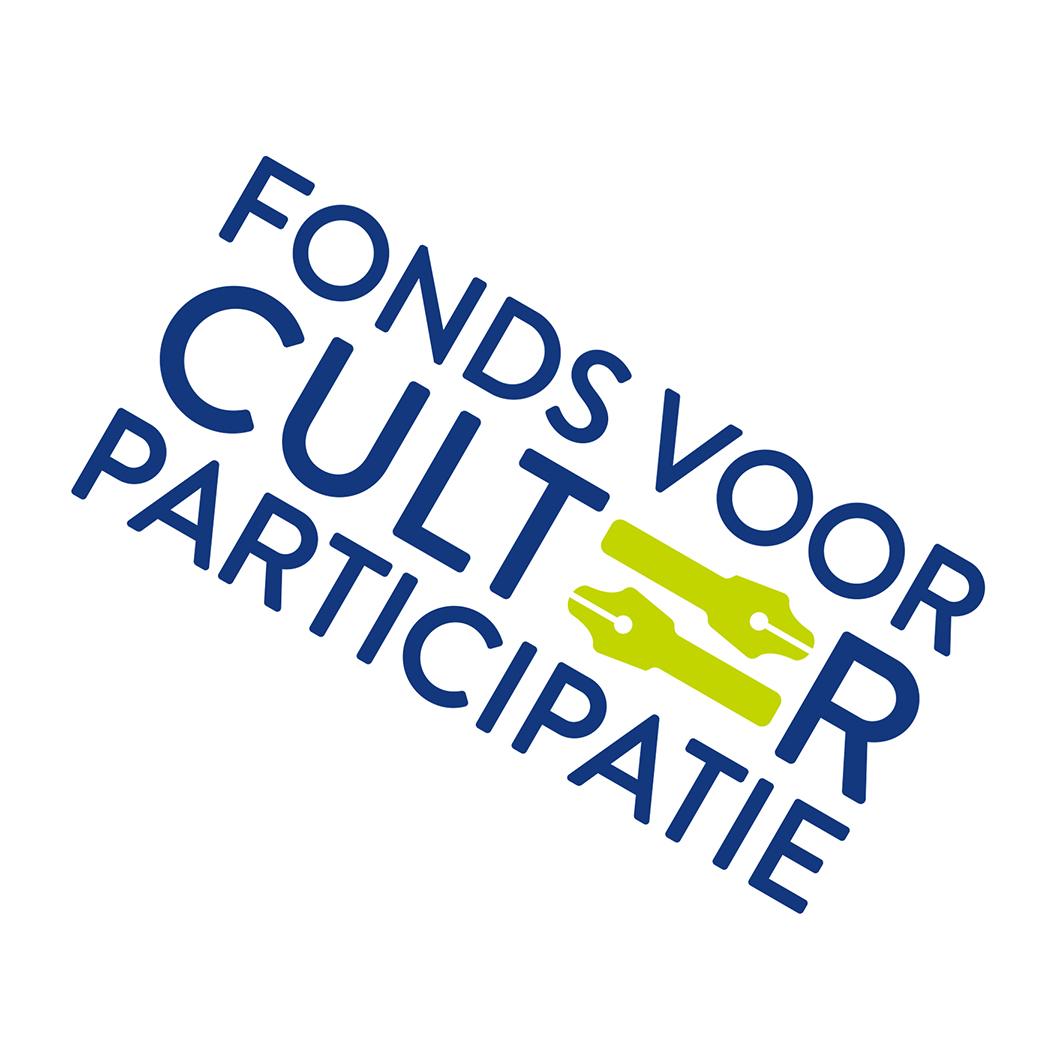
Fund for Cultural Participation - Grant Coordinator for the Commemoration Year of Slavery Past
The Fund for Cultural Participation set up a special subsidy scheme during the Commemoration Year of Slavery Past to support initiatives that highlight the history, impact, and legacy of slavery. For this scheme, I was hired as an expert on colonial and post-colonial history, specifically focusing on the Caribbean region. Together with two staff members from the fund, I developed the scheme from scratch, with a strong emphasis on accessibility and inclusiveness, ensuring that affected communities of color—descendants of enslaved people and contract workers—could easily access the subsidy.
In addition to developing the scheme, we actively worked on Aruba, Curaçao, Bonaire, Saba, Sint Eustatius, and Sint Maarten to spread as much knowledge as possible. This included not only information about the scheme itself but also guidance on the application process and broader knowledge about the world of subsidies, so local communities could better navigate these types of funding opportunities. The scheme and communication were also translated into English, Papiamentu, and Papiamento, and it was possible to submit applications in any of these languages with the help of a translator.
The scheme was a great success: initially, €1 million was made available, but due to the large number of applications, this was increased by an additional €2 million from the government, supplemented by €1.2 million from the Fund’s own resources. In doing so, we helped fund a wide range of initiatives that not only commemorate history but also promote healing, education, and community-building.

The report: https://www.reinwardt.ahk.nl/actueel/nieuws/2019/12/verslag-erfgoedarena-in-de-greep-van-gentrificatie/
Reinwardt Academy - Curator Heritage Arena
At the end of 2019, the Reinwardt Academy set a new course with two guest curators for the Heritage Arena and the annual Reinwardt Lecture. I was invited by Nel van Dijk, the director of the Reinwardt Academy, along with Lina van den Idsert, to take on the role of curator. The mission was to involve more students and junior heritage professionals and to connect the broader field of heritage to the Reinwardt Academy through current and urgent societal themes, with inclusivity as the core goal. The evenings were moderated by Stephanie Afrifa and Yahmani Blackman.
The 4 themes we covered were: Dilemmas of the Diversity Officer, Gripped by Gentrification, Game Changers, and the Reinwardt Lecture – OK Boomer. Thanks to all the visitors, speakers, and moderators! According to the guests, we left a lasting impression. A successful mission, in our view! We are more than proud of what we achieved together. The evenings were full, active, and connected to urgent societal themes, but we are especially proud of the many young professionals and students who felt invited to attend! The result was an engaged and diverse audience!
Speakers: Rein Wolfs (Stedelijk Museum), Raul Balai (STUDIO Balai), Joan Tol (LKCA), Vera Carasso (National Maritime Museum), Laura van Rutten (The Climate Museum), Roel Hazeldonk (Extinction Rebellion XR), Celine Zonneveld (Student at Reinwardt Academy, Extinction Rebellion), Anne de Haij (Kunstmuseum The Hague)
The report: https://www.reinwardt.ahk.nl/actueel/nieuws/2020/2/verslag-erfgoedarena-game-changers/ and the audio registration: https://www.reinwardt.ahk.nl/actueel/erfgoedarena/
met Charlotte Rixten (Jongste museumdirecteur – Villa Mondriaan), FRESKU (artiest) en Tessa Cramer (Futurist).
Museum Night – The Museum of the Canals
Diversiteit
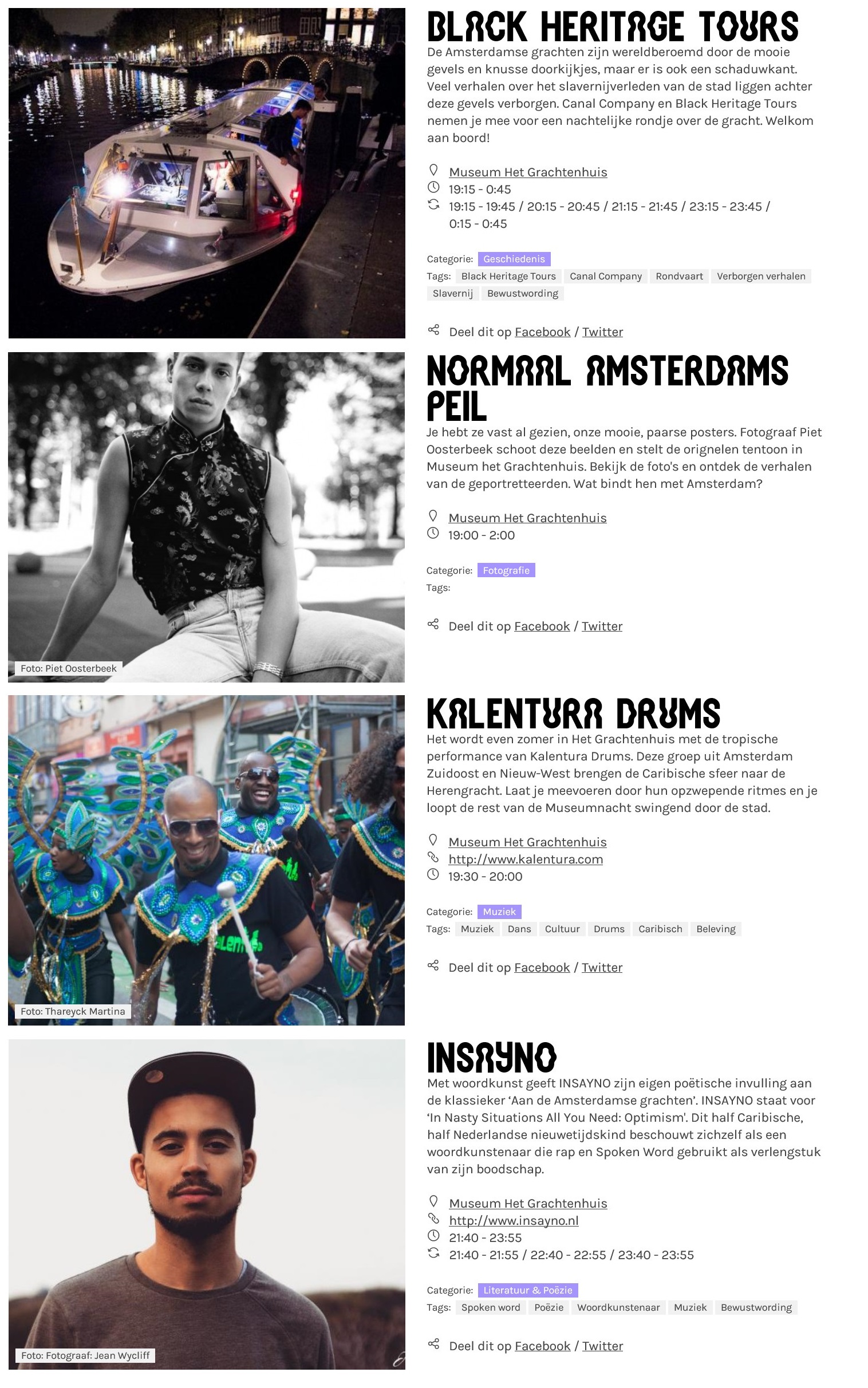
“The Amsterdam museums belong to all of us.”
With this slogan, the organization behind Museumnacht 2016 made a powerful statement for all Amsterdammers—regardless of color, background, orientation, or belief. The team aimed to organize the most inclusive event possible, involving the many identities that make up the city, from sexuality to heritage. The target audience consisted of more than 180 different nationalities.
Museums are the custodians of our heritage and help shape the way we understand history. It is essential that everyone can see themselves reflected in those narratives. Many institutions are still grappling with how to represent colonial and slavery histories. Increasingly, cultural institutions are engaging visitors in these topics through creative means—often with a central focus on the question: Do visitors feel represented by the exhibitions and collections?
For Museum of the Canals (Het Grachtenmuseum), I was responsible for the full programming of Museumnacht 2016.
The evening was opened with a powerful performance by Kalentura Drums.
That night, the museum also hosted a presentation of portraits by photographer Piet Oosterbeek—images that had been used throughout the city for the official Museumnacht 2016 campaign. These portraits were widely distributed, but I was curious about the stories behind the faces. What kind of connection did these individuals have to Amsterdam? In order not to highlight differences, the language and heritage of the portrayed were deliberately left unlinked in the accompanying materials.
During the evening, writer and performer Elvin Rigters delivered a beautiful monologue in an intimate setting—one that left visitors with a deepened sense of awareness as they exited the room.
In collaboration with Black Heritage Tours, we also offered a canal cruise that focused on the history of slavery hidden behind the opulent façades of the canal belt. With this collaboration as a key highlight and mentions in several major publications—such as NU.nl and Het Parool—we can look back on an incredibly successful night.
Amsterdam’s museums are not automatically or always fantastic. Museums, too, must continually engage in dialogue with the society in which they operate. This means that, alongside the many success stories, there must also be room for critical reflection. What can museums do to truly connect with all Amsterdammers? That question cannot be answered in one go, but during Museumnight 2016, several locations created space for these conversations to take place.”
— Museumnight Amsterdam


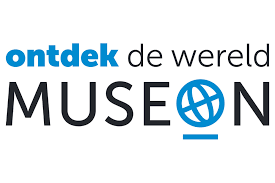

Community Coordinator & Program Maker – Caribbean Ties (Museon, The Hague)
In 2019, I worked as a community coordinator and program maker for the Dutch edition of Caribbean Ties, a travelling exhibition that explored the deep cultural and historical connections across the Caribbean region. The exhibition opened in twelve countries throughout the Caribbean and in The Netherlands, and was on view at Museon in The Hague from May 25th to June 21st, 2020.
Caribbean Ties asked a powerful question: “Who stood on the shore when Columbus arrived?” Through archaeological discoveries, hands-on activities, and a massive wall map, visitors were invited to explore the rich cultural diversity of the pre-Columbian societies that existed long before European colonization began in 1492. These societies, often referred to as Amerindian communities, played a foundational role in shaping the Caribbean’s history.
The exhibition launched with a vibrant and free public festival a dynamic afternoon of culture and science. The program, which I helped design and coordinate, included lectures, creative workshops, Caribbean food and product stands, live music, and a talk show focusing on Caribbean identity. A special highlight was a performance and opening ritual by the Ka’lina Indigenous community in the Netherlands, known as Kaikoesie. This celebratory gathering honored the shared roots and connecting threads among communities from across the Caribbean diaspora past and present.

Paleis het Loo
Challenging Histories: An Inclusive Workshop at Paleis Het Loo
In collaboration with Dineke Stam, Barbara Essenboom, and Else Gootjes, I led an inclusivity workshop for the staff of Paleis Het Loo, commissioned by Erfgoed Gelderland. Erfgoed Gelderland initiates and coordinates training sessions on the legacy of slavery and colonialism in the region, helping heritage professionals navigate complex histories with nuance and depth.
The goal of this workshop was to address difficult and often uncomfortable topics—colonial history, slavery, and their lasting impact—and explore how these themes could be integrated into Paleis Het Loo’s permanent exhibition. Rather than sidestepping these histories, we focused on making them visible, ensuring they were embedded in all layers of information presented to visitors, and bringing in a wider range of voices and perspectives.
Together with the museum staff, we examined objects from the collection that carry difficult histories, discussing key questions: What story is being told? How is information communicated to visitors? Which perspectives are missing? And crucially—what do we say about the Golden Coach? Instead of treating these discussions as obstacles, we approached them as opportunities for growth, engagement, and deeper understanding.
Our methodology is rooted in critical heritage analysis and participatory dialogue, creating a space where museum professionals can reflect on their role as storytellers and bridge-builders. The staff at Paleis Het Loo embraced this approach with openness and curiosity, leading to a dynamic and constructive session. It was a morning filled with meaningful conversations, insightful questions, and a collective effort to create a more inclusive museum experience.
This workshop exemplifies how institutions can move beyond traditional narratives and embrace multiple perspectives, making history more relevant, complete, and engaging for all visitors.

Between the Lines
Sometimes a project says more when you see it in motion. These short video recaps offer a feel for the moments, people, and energy behind the work above glimpses that live between the lines.
Maand van de Geschiedenis – Wereldmuseum Leiden
Reizende Reporter – Rondleiding Koloniaal verleden en het heden
Trainee – Sharing Stories on Contested Histories
Rijksdienst voor het Cultureel Erfgoed
Symposium Gedeeld Caribisch erfgoed; gedeelde toekomst
Programmamaakster en coördinator
Reinwardt Lecture | OK BOOMER.
Gastcurator Erfgoedarena – Reinwardt Academie
Kenniscentrum Immaterieel Erfgoed
Advisor Heritage Care
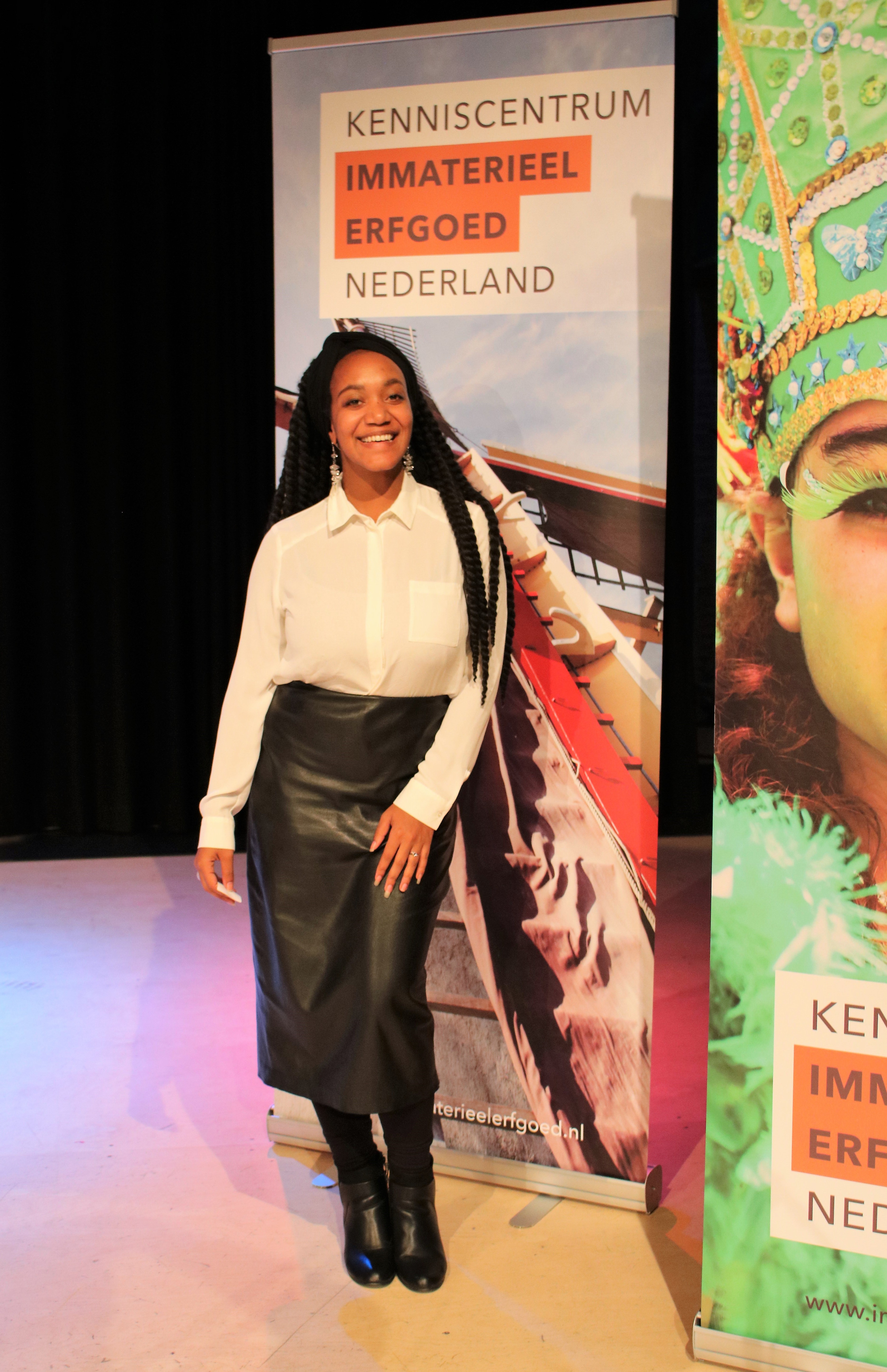
As part of the Netherlands Open Air Museum, the Knowledge Centre for Intangible Heritage (Kenniscentrum Immaterieel Erfgoed Nederland – KIEN) is responsible for implementing the UNESCO Convention for the Safeguarding of the Intangible Cultural Heritage in the Netherlands. It was an honour to be invited to work for the organisation.
In 2015, I nominated the Zomercarnaval (Summer Carnival) for the Dutch Inventory of Intangible Cultural Heritage. That same year, I joined the youth platform Erfgoed Jong!, and in 2018, I began working as a Heritage Care Advisor (Adviseur Erfgoedzorg). The Heritage Care team supports communities in keeping their intangible cultural heritage alive and ensuring its transmission to future generations. Within the team, I focused on broadening and diversifying the Intangible Heritage Network, strengthening the visibility of Caribbean intangible heritage, awareness campaigns, the development of a digital image archive, educational initiatives, and coordination of the youth platform Erfgoed Jong!.
I not only participate in various forms of intangible heritage such as dancing tambú, joining Carnival, and taking part in the harvest celebrations (seú) in Curaçao—I also work alongside communities to help safeguard and sustain these traditions. This gives me a unique perspective that blends lived experience with professional practice, allowing me to navigate the field with both deep empathy and strategic insight.
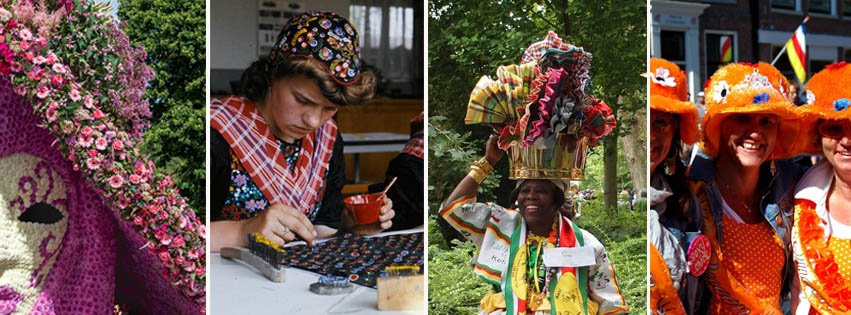

SUMMER CARNIVAL ROTTERDAM
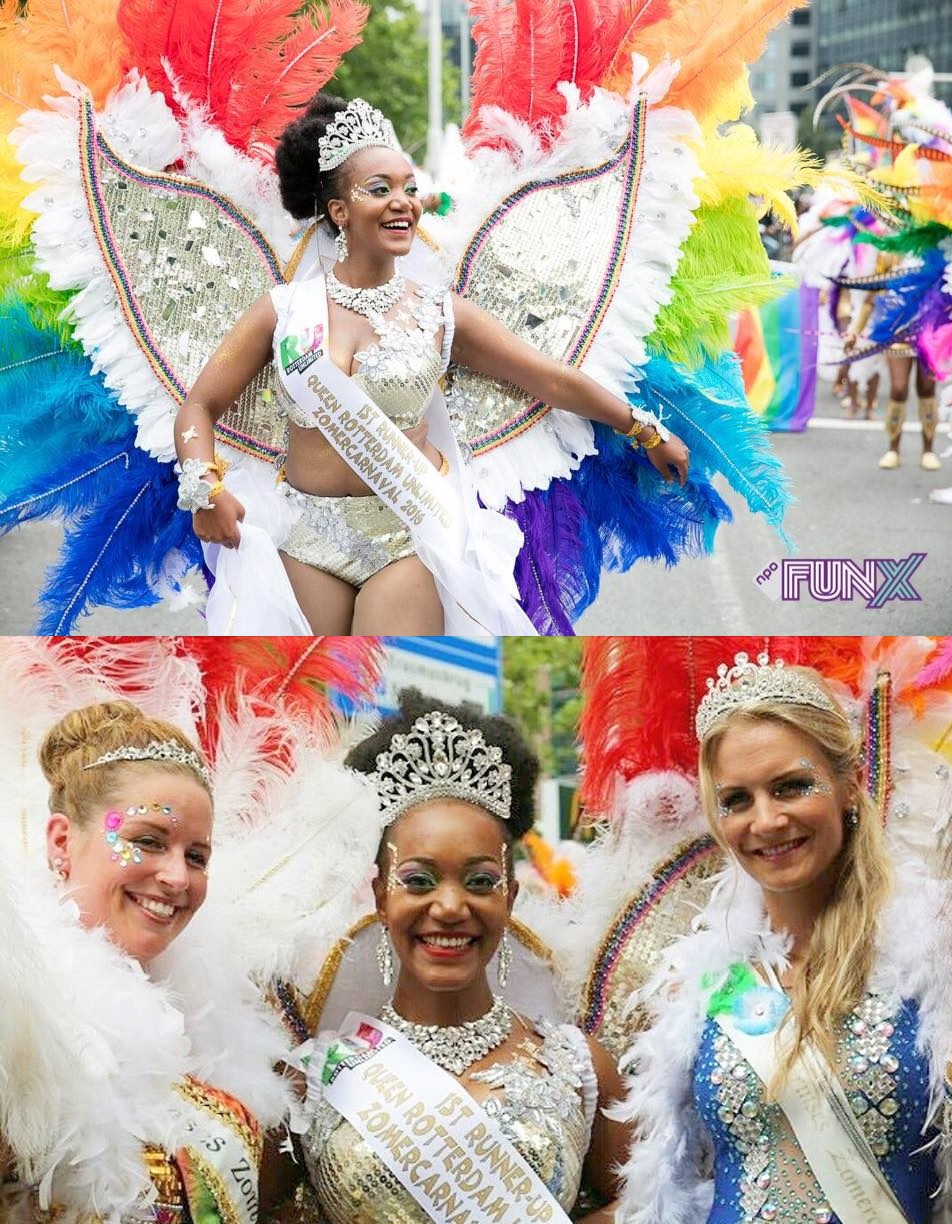

The success of the Summer carnival: From petition to heritage
Zomercarnaval is a vibrant tropical carnival festival in the Netherlands, bringing together around 2,000 participants each year from approximately 25 different tropical carnival traditions. On September 3rd, I submitted a formal request to the Dutch Centre for Intangible Cultural Heritage to have the Rotterdam Zomercarnaval recognized on the National Inventory of Intangible Cultural Heritage in the Netherlands. This initiative was part of my campaign to be elected Queen Zomercarnaval Rotterdam. Although I was ultimately named 1st Runner-Up, my mission remained unchanged.
Within just one year, I collaborated with the board to develop a Heritage Safeguarding Plan. On July 28, 2016, Zomercarnaval was officially recognized as intangible cultural heritage of the Netherlands and became the 100th tradition to be added to the National Inventory. Over the past 33 years, Stichting Zomercarnaval Nederland has demonstrated that Zomercarnaval in Rotterdam is living heritage — a dynamic expression of the country’s contemporary cultural diversity.
Thanks in part to this heritage recognition process, the Zomercarnaval has also been included on the UNESCO Representative List of the Intangible Cultural Heritage of Humanity since 5 december, 2023.
To this day, I continue to be actively involved with the organization in various roles, including as a jury member for the Street Parade and as a heritage consultant.
My dedication to Zomercarnaval reflects my broader commitment to preserving and recognizing cultural heritage, as well as my ability to build bridges between communities and traditions.
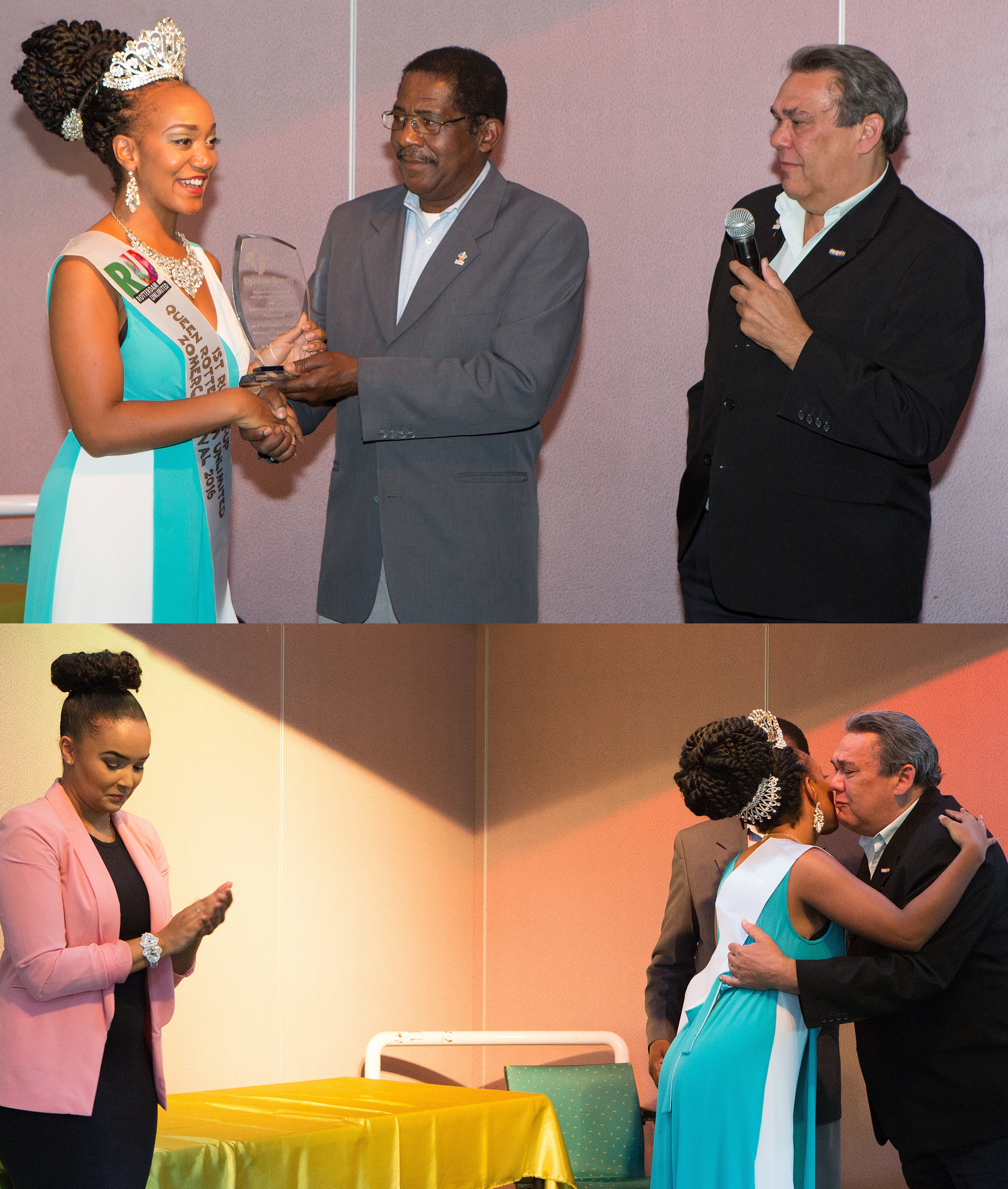
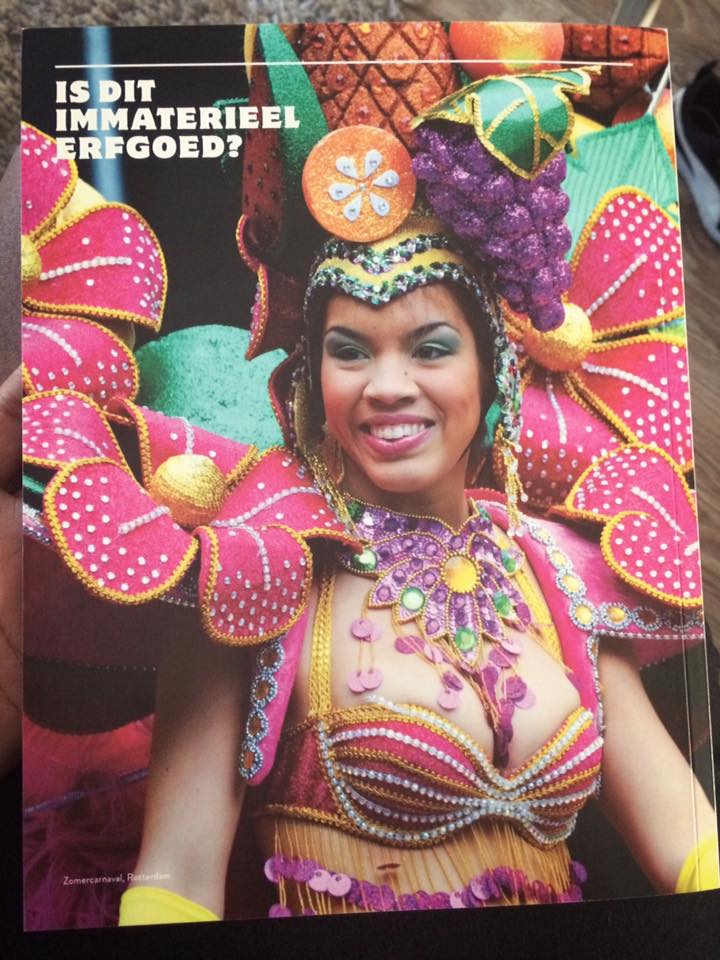
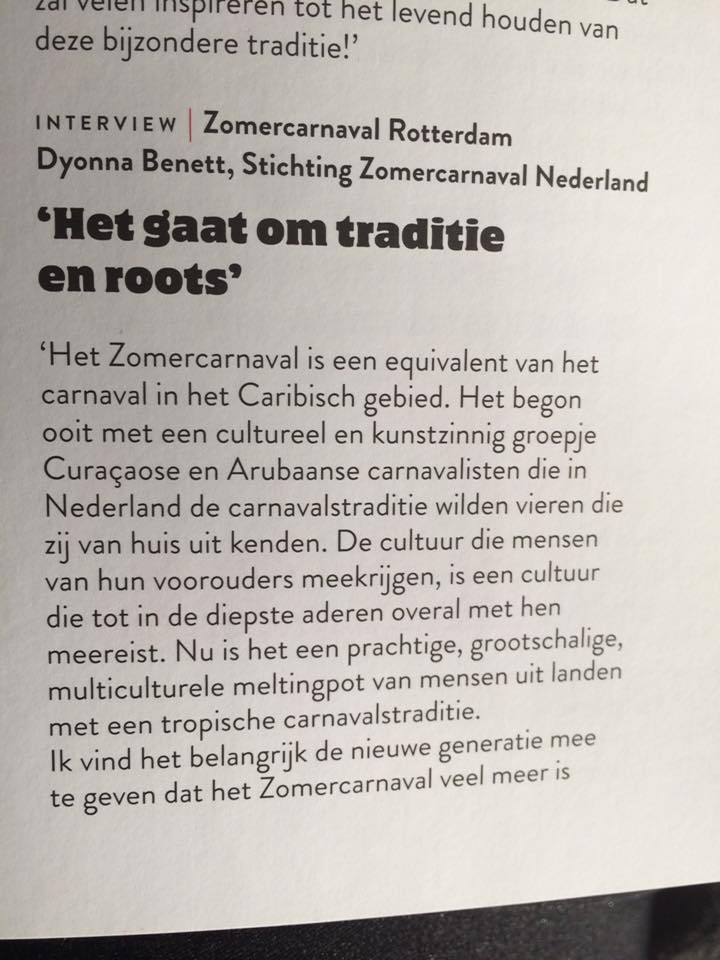
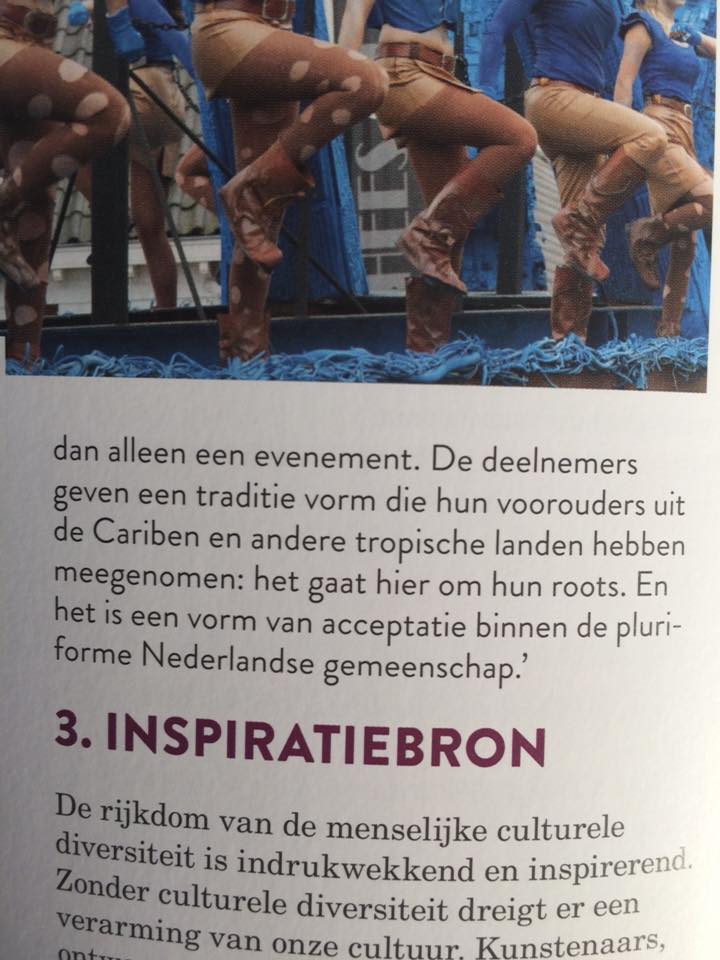
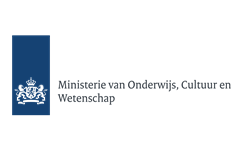
Ministry of Education, Culture and Science (OCW)
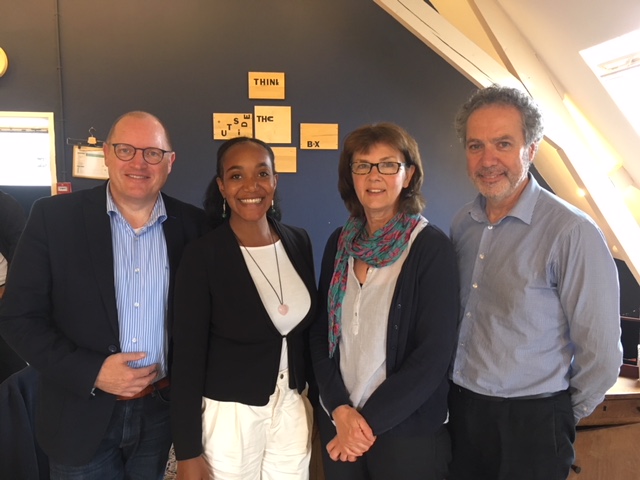
Expert by experience and consultancy in intangible cultural heritage
I am regularly invited by heritage institutions and the Ministry of Education, Culture and Science (OCW) to provide advice on both tangible and intangible heritage.
The Dutch government invested in heritage initiatives that specifically focused on cultural expressions from all communities living in the Netherlands, from young and old, from traditional crafts like millwrighting to large-scale events like the Rotterdam Zomercarnaval. With this policy, the government aimed to encourage and support the active involvement of people in the preservation and development of heritage. After all, heritage forms a vital link between generations and connects diverse communities within society.
I had the opportunity to participate in two roundtable discussions for the funding scheme of the Cultural Participation Fund (Fonds voor Cultuurparticipatie). These discussions were initiated in response to the policy letter Culture in an Open Society by Minister Ingrid van Engelshoven of OCW. In this letter, the Minister emphasized the importance of intangible heritage and allocated additional funding through the Cultural Participation Fund.
The letter highlighted intangible heritage as a meaningful contributor to conversations around identity and diversity in an increasingly pluralistic society, one where both the cultural backgrounds of citizens and the preferences of new generations were shifting.
Today’s youth often gravitate towards different genres, narratives, and modes of expression. This makes it all the more important that art and culture remain accessible, inclusive, and representative of everyone who calls the Netherlands home.
Keti Koti Rotterdam
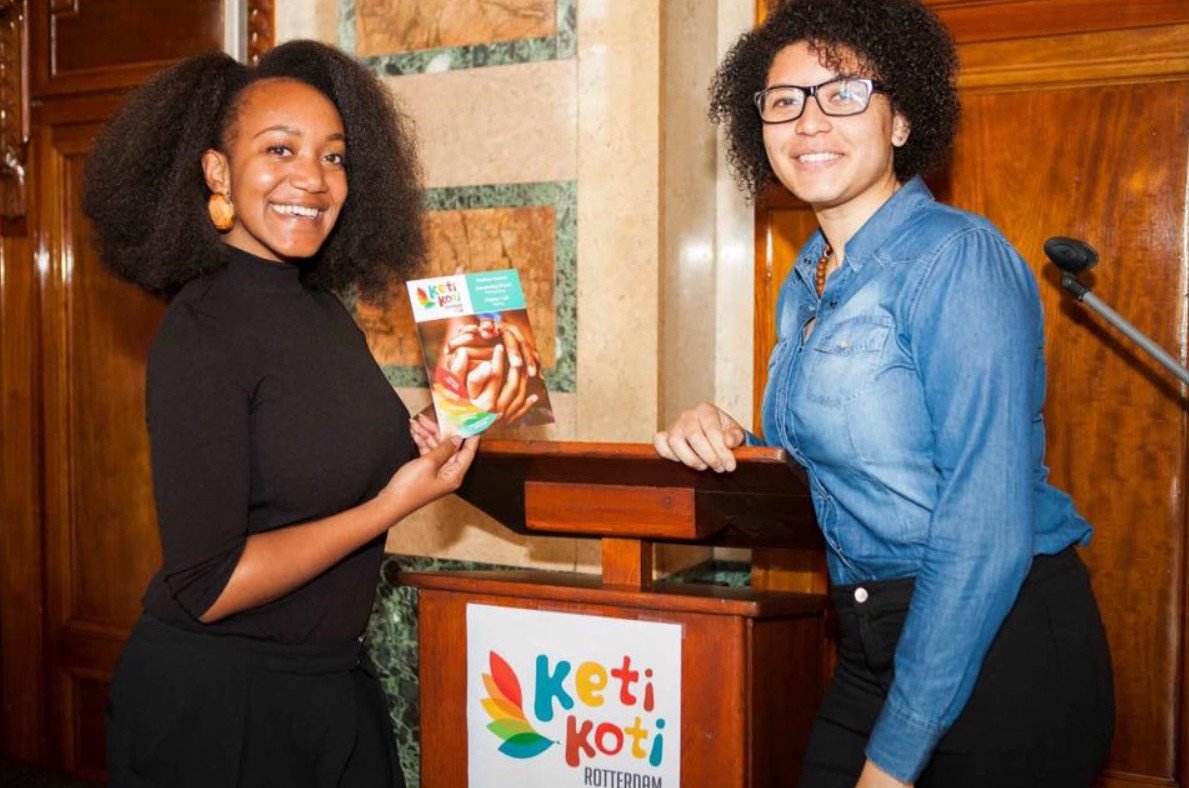
From 2016 to 2018, I volunteered with Stichting Gedeeld Verleden, Gezamenlijk Toekomst (Shared Past, Shared Future Foundation). The foundation’s mission is to increase knowledge and awareness of the history shared by the residents of Rotterdam, in order to foster mutual understanding, respect, and strengthen the multicultural society of today and tomorrow. In particular, the foundation focuses on raising awareness of the shared history that is directly or indirectly a result of the role the Netherlands played as a colonial power in various parts of the world, and how that history continues to influence contemporary perceptions and social and cultural codes.
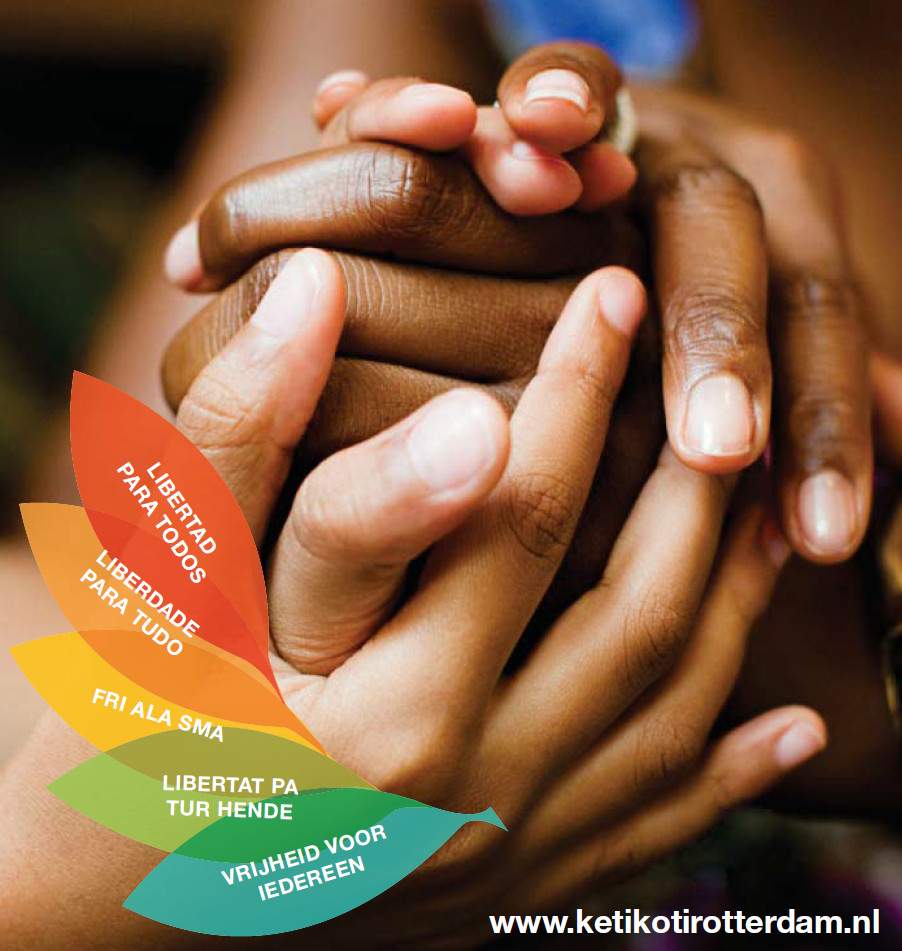
Inclusivity is the strength of our society.
Stichting Gedeeld Verleden, Gezamenlijk Toekomst (Shared Past, Shared Future Foundation) is also the organizer of Keti Koti Rotterdam. On July 1st, the abolition of slavery in Suriname and the Dutch Caribbean is commemorated (July 1, 1863). Several countries have experienced slavery, but since Keti Koti is primarily organized by the Surinamese community, other countries may feel less connected to the festival and commemoration.
As the initiator, I created a sense of identification through language. Since 2016, the motto has been featured on the flyer for the Keti Koti Festival Rotterdam in five different languages: Spanish, Portuguese, Papiamento, Sranan Tongo, and Dutch. The goal was to make the festival even more accessible to people from different nationalities.
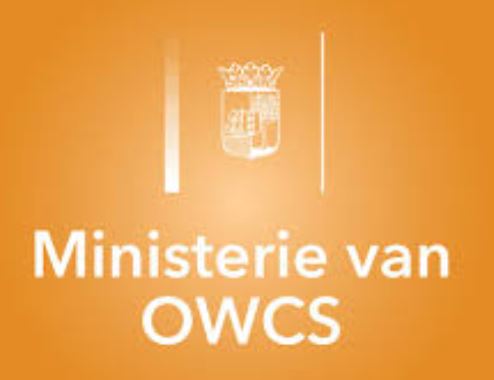
Strengthening the museum sector of Curaçao.
Strengthening the Museum Infrastructure of Curaçao
I was invited to share my expertise in a key dialogue session focused on strategies to strengthen the cultural sector of Curaçao, specifically through the theme “Collaboration and Reinforcement of the Museum Infrastructure on Curaçao.” This important session took place as part of the development of the Slavery Heritage Action Agenda, and centered around the question:
“How can we strengthen Curaçao’s museum infrastructure and foster collaboration in relation to the legacy of slavery?”
The session highlighted the urgency and importance of co-developing an action agenda that not only sheds more light on our shared history of slavery but also uses that history as a tool for education, dialogue, and societal awareness.
Participants included representatives from several museums and heritage institutions, such as:
-
Museo Tula
-
Museo di Tambú Shon Cola
-
Museo Kurá Hulanda
-
National Archaeological-Anthropological Memory Management (NAAM)
-
Mongui Maduro Museum
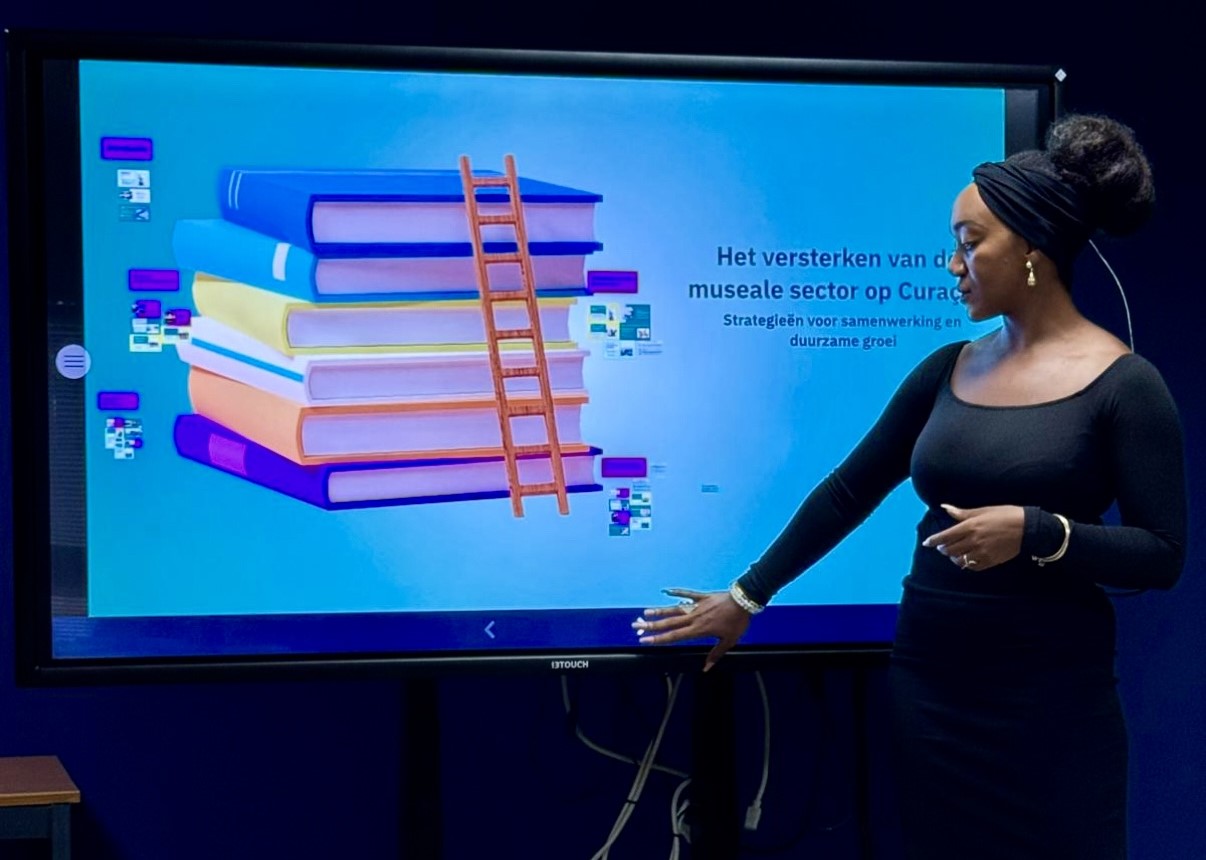
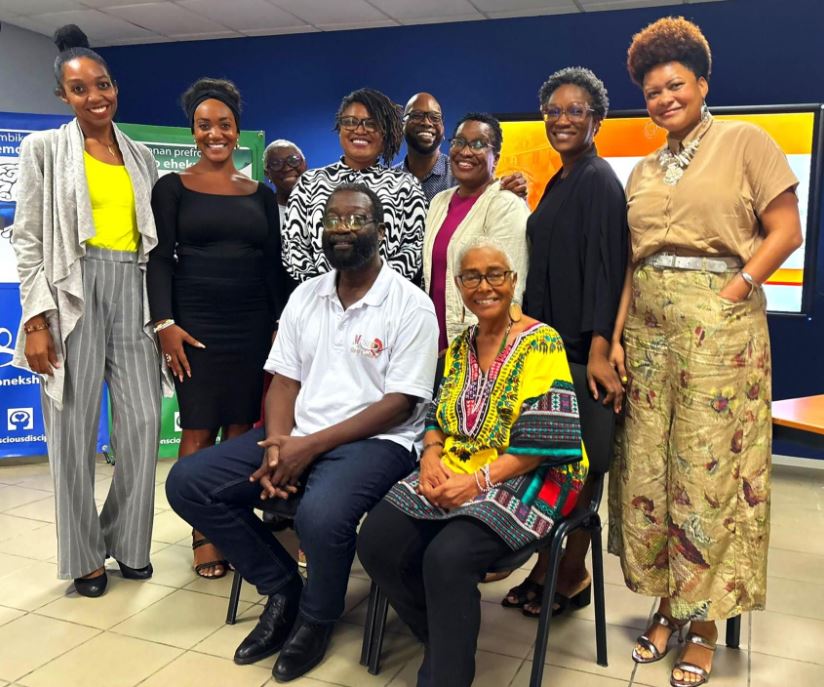

Maria Immaculata Lyceum
Education
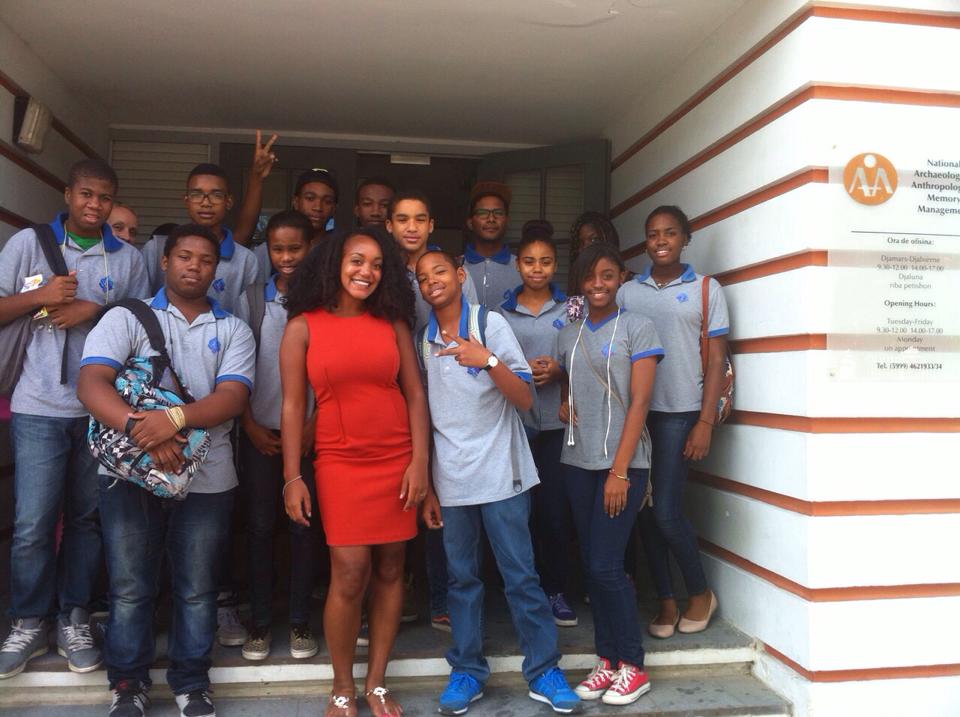
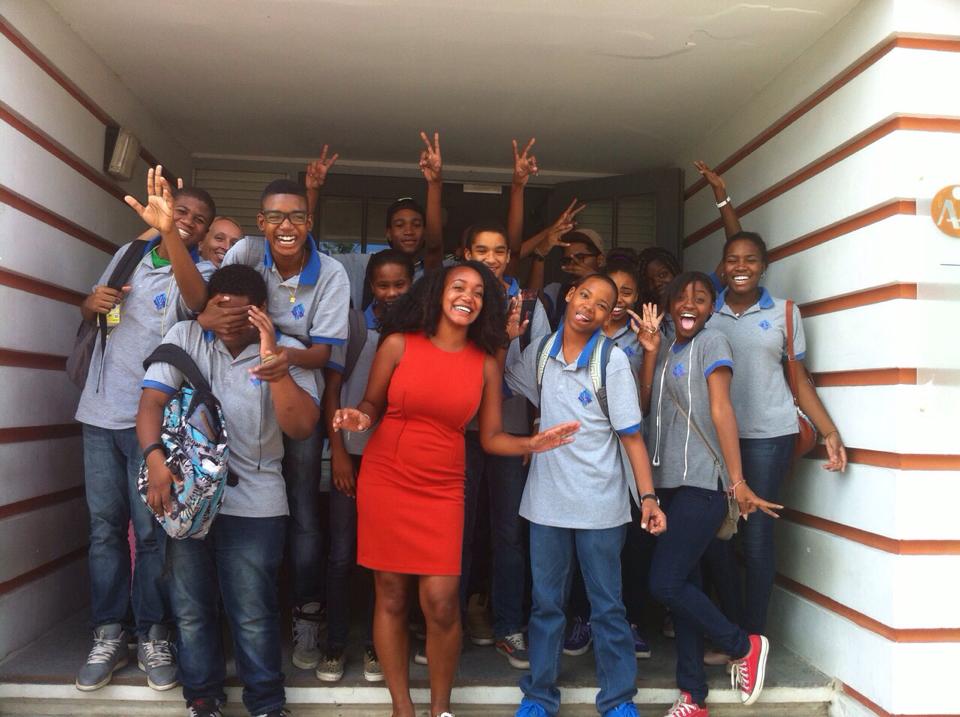
In 2015, the Maria Immaculata Lyceum (MIL) in Curaçao celebrated its 65th anniversary. To mark this milestone, the school launched the project “MIL ta yuda” as a way of giving back to the Curaçaoan community. As part of this initiative, MIL reached out to the National Archaeological Anthropological Memory Management (NAAM) to give students the opportunity to explore the field of heritage and experience what it means to volunteer at a cultural institution.
Among the youth in Curaçao, awareness and interest in history and heritage can often be low—a reflection, in many cases, of the limitations within the educational system. Together with Richenel Ansano, then-director of NAAM, I had the privilege of giving a presentation about cultural heritage and my studies at the Reinwardt Academy. Through topics such as museology, heritage, and history, my aim was to ignite curiosity and inspire students to connect with a subject I hold dear.
With passion as my guide, I seek to emphasize the value of understanding and preserving one’s own cultural roots. By sharing my enthusiasm, I hope to encourage young people to explore their identities and recognize the deep importance of their heritage.
After all, “without the past, there is no present.” The more one understands their personal and collective history, the deeper their capacity for self-love and cultural pride.
GRADUATION INTERNSHIP - REFENERIA ISLA CURACAO
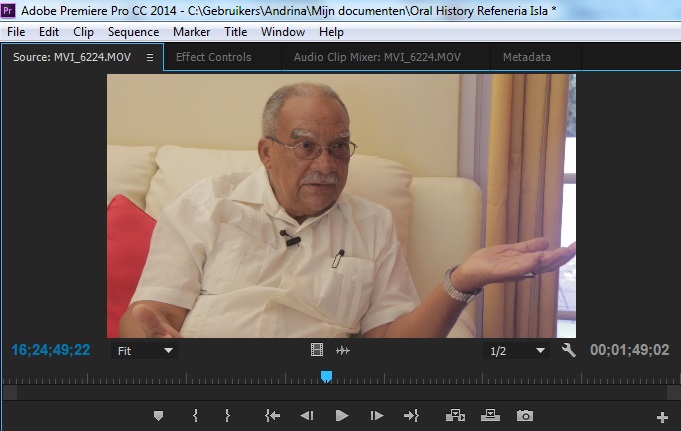

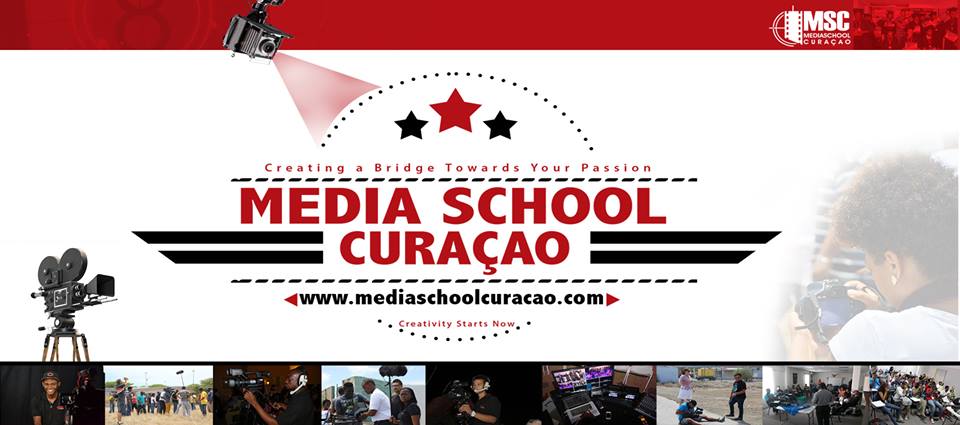
While the refinery has been widely criticized for its environmental impact, especially air pollution, it also marked the beginning of Curaçao’s economic growth following its establishment in 1914. The goal of my project was to shed light on both the historical significance and the complex developments surrounding the refinery, beyond the negative headlines.
Through in-depth interviews with retired refinery workers, I aimed to uncover personal stories that have largely remained unheard. I asked questions such as: What was it like to work at the refinery? What did you experience over the years? What was the social atmosphere among colleagues like?
The interviews revealed a wealth of new historical insights and added nuance to the public narrative. Motivated by the richness and value of these stories, I produced and edited a 45-minute documentary that preserves these voices for future generations.
The footage from this project was later used to promote the exhibition 100 Years Refinery Isla in Curaçao, presented in both 2016 and 2017.



Werkgroep: Tweede wereldoorlog op Curaçao in 100 objecten.
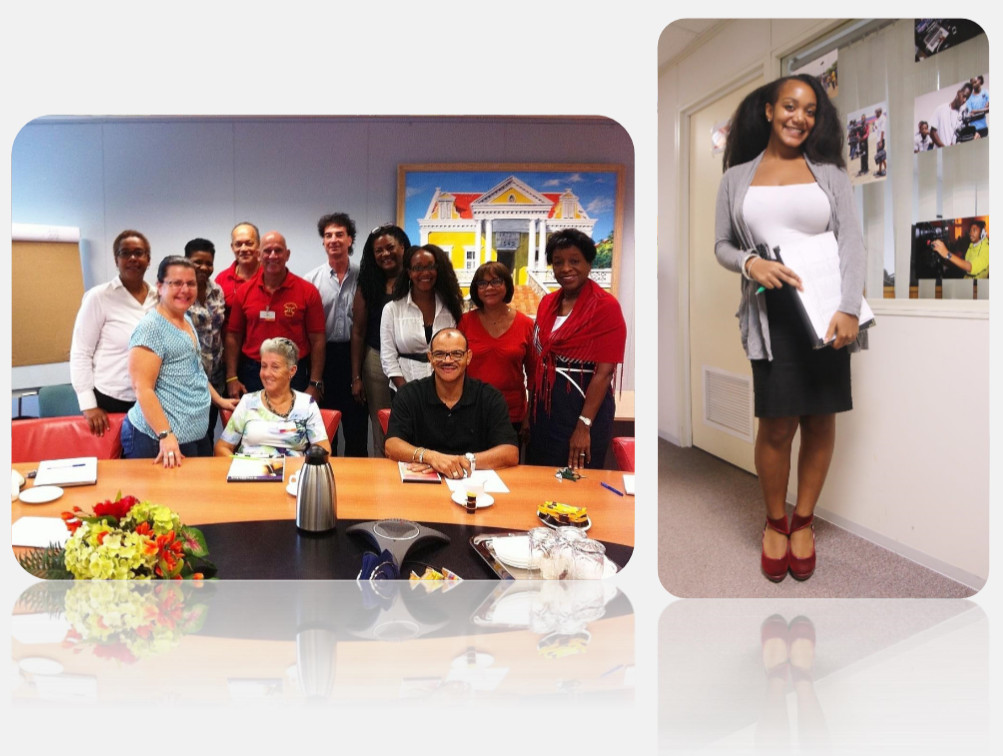
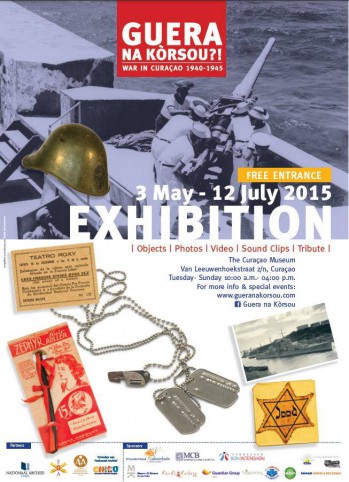
The primary goal was to safeguard and preserve the heritage of World War II on Curaçao for future generations. I was involved in the initial brainstorming phase of the exhibition, where I contributed ideas and participated in early discussions on how to shape the exhibition conceptually.
The final exhibition, titled Guera na Kòrsou – War in Curaçao, was officially opened by Her Royal Highness Princess Beatrix.

